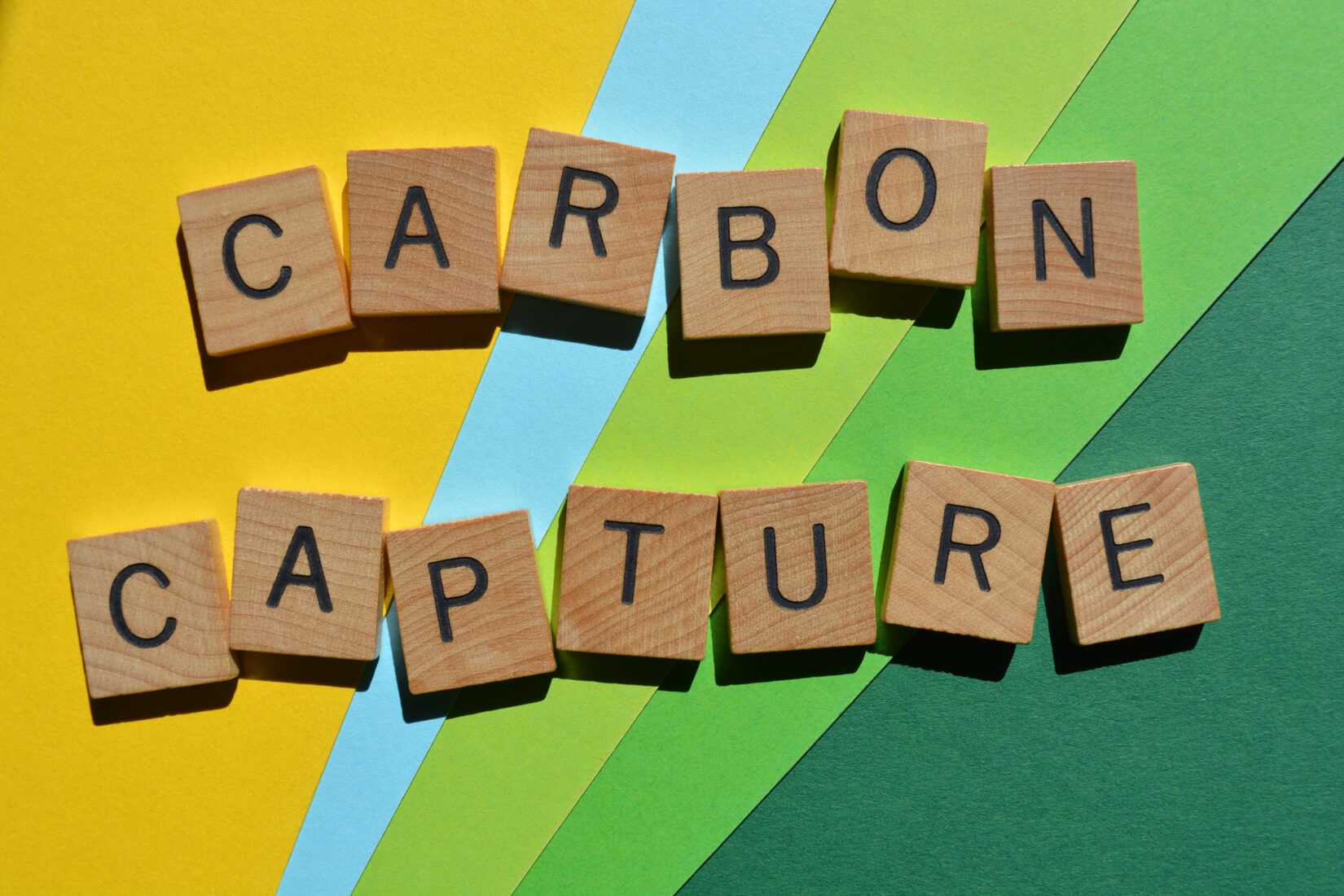Over the past decade, the urgency to combat climate change has driven significant advancements in carbon capture technology. The focus on capturing and storing carbon dioxide emissions has become paramount in the global quest for sustainable solutions. Since 2022, innovative breakthroughs have propelled carbon capture technology to new heights, making it a critical tool in the fight against climate change. This article explores notable advancements that have emerged during this period, highlighting specific examples of improvements and their implications for a carbon-neutral future.
- Direct Air Capture (DAC) has gained significant attention in recent years. These systems extract carbon dioxide directly from the ambient air, irrespective of its source, offering immense potential for carbon removal. Advancements in DAC technology have led to improved energy efficiency and reduced costs. For instance, in 2022, Carbon Engineering, a leading company in the field announced a major milestone by significantly reducing the cost of capturing CO2 from the atmosphere. Their breakthrough demonstrated the potential to capture CO2 for as low as $100 per ton, making DAC a more economically viable option.
- Enhanced Absorption Materials: Absorption materials play a vital role in carbon capture processes. Researchers have focused on developing advanced materials that have affinity for CO2, leading to more efficient capture. In recent years, significant progress has been made in enhancing the performance of absorption materials, enabling more effective CO2 capture and release. For example, scientists at Northwestern University have developed a new class of metal-organic frameworks (MOFs) that demonstrate exceptional selectivity and capacity for CO2 absorption. These MOFs can significantly improve the energy efficiency of carbon capture systems and hold promise for large-scale implementation.
- Carbon Capture Utilization Storage (CCUS) has gained momentum as an integrated approach to reduce carbon emissions. While capturing CO2 is crucial, finding ways to utilize and store it effectively is equally important. Advancements in CCUS technologies have led to the development of various applications for captured carbon. One such innovation is carbon utilization in the production of building materials. CarbonCure, a Canadian-based company, has pioneered a technology that injects CO2 into concrete, enhancing its strength and reducing its carbon footprint. This breakthrough not only aids in carbon reduction but it also provides a valuable market for captured CO2.
- Membrane-based Separation Technologies: Membrane-based separation technologies have shown great potential for efficient carbon capture. These systems employ selective membranes to separate CO2 from flue gases emitted by power plants or industrial processes. Recent advancements have improved the performance and durability of these membranes, enabling higher carbon capture rates and lower energy consumption. Scientists at the Massachusetts Institute of Technology (MIT) have developed a high-performance polymer membrane that exhibits superior CO2 separation efficiency. This breakthrough could significantly reduce the costs associated with carbon capture, making it a more economically feasible option for widespread deployment.
From direct air capture to advanced absorption materials, and from carbon utilization to membrane-based separation technologies, the field of carbon capture has witnessed remarkable advancements since 2022. These breakthroughs have not only enhanced the efficiency and cost-effectiveness of carbon capture systems but have also opened doors for innovative applications and opportunities for carbon utilization. With continuous research and development, carbon capture technology is poised to play a pivotal role in achieving a carbon-neutral future.






